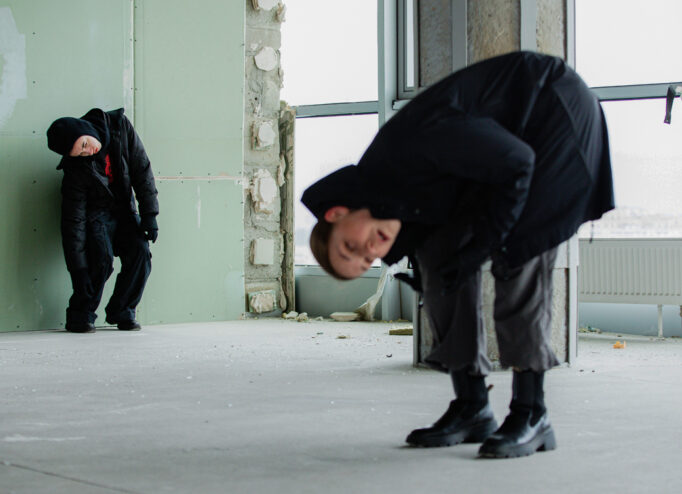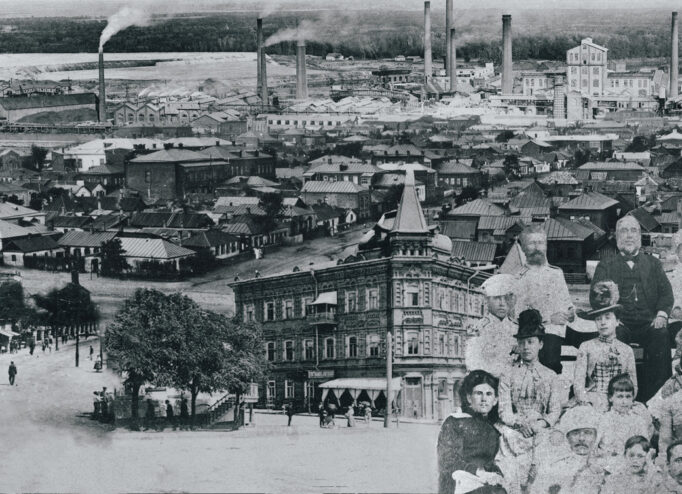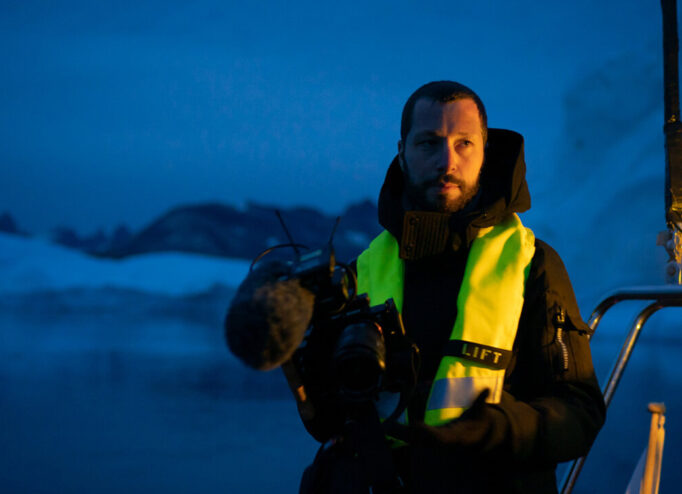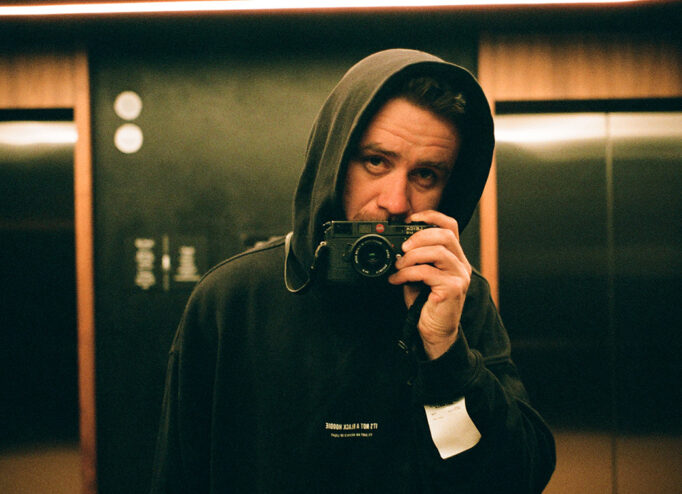With clay and straw, Olivier de Sagazan transforms himself into abstract, creepy characters, sticking them in the face and tearing them to pieces. His performances are both horror art and a certain ritual. In general there is a fascination with tribal art and shamanism in his work, be it performance, painting or sculpture. This is probably the influence of his African roots: Sagazan is originally from the Congo, but has lived and worked in France for a long time.
De Sagazan’s most famous performance is Transfiguration, which tells the story of human transformation into a variety of hybrid beings. It was premiered in 1998, and since then it has been performed more than 300 times in 25 countries, and last year de Sagazan performed it in Lviv. The Guardian describes the work as follows: «The Transfiguration performance, created 20 years ago, has to be one of the most original and incredible things you’re likely to see. But that doesn’t mean you’re going to like it». He also has collaborations with designer Gareth Pugh, singers FKA Twigs and Mylene Farmer and a cameo in the movie «Samsara».
Olivier also raises political issues in his works: he quoted French President Emmanuel Macron’s speech to the «Yellow Vests» in one of his performances in 2018, and in March 2022 he released a video performance about a mad dictator who destroys everything around him. In this way he expressed his support for Ukraine in the war.
DTF Magazine talked to the artist about the form of evil, the obsession with power of dictators, and the monsters that live in every human being.
About his performance Again and again Ass and dictators, and self-destruction
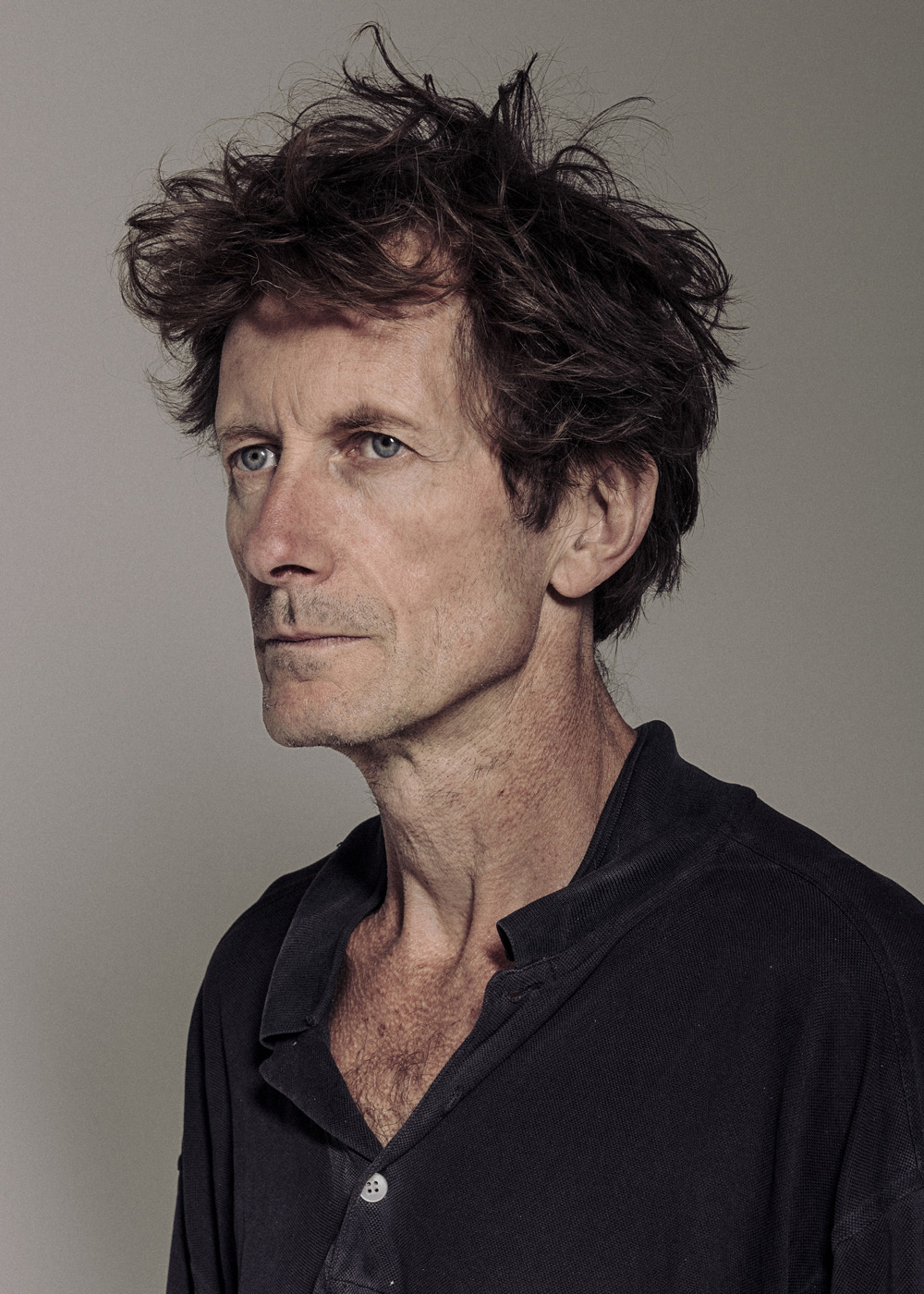
— You supported Ukraine on social media. Under what circumstances did you learn about the war, and how did you feel at that moment? Did you expect it?
— We never quite expect a war to actually happen. I was in Lviv performing “Transfiguration” in September 2021 for the Theatre Festival “Kit Gavatovycha”; it seemed impossible for me that this beautiful and calm city would be besieged in a few months.
— In one interview you said that you made a performance about dictators two years ago because there was a premonition of war. What kind of premonition of war was that? And what were your preconditions for making the performance?
— Violence has always been present in humanity, men use it to ensure their power.
There are presidents like Putin everywhere, who do not hesitate to apply the principle in George Orwell’s novel 1984: «If you want peace inside, make war outside».
— That said, you published the video on Instagram in 2022, two weeks after the start of the war in Ukraine. Why didn’t you release it immediately, but only after the war began?
— As artists we always doubt the possible effect of our actions, at first I was shocked at the unfurling events and I didn’t think that this video could possibly help anyone. But then I thought that it was like a kind of hand extended to my Ukrainian friends.
— The character was anonymous and abstract in your previous performances, but in the case of the last video Again and Again Ass and Dictators, it is a collective image of a dictator. Does this mean that evil has taken a concrete form for you?
— President Putin embodies one of the characteristic images of the dictator who, at the end of his reign, dreams of a last great gesture that will make him go down in history. He undoubtedly dreams of being the one who will have rebuilt a great Russia. We already know that he will go down in history through the back door and as the example of a bloodthirsty butcher, for whom the power of ideas is worth more than the pain of millions of people.
— The dictator needs to destroy everything around him (the whole world, if he wants to) before he destroys himself in your performance. Why did you choose this ending? Is it a story based on observation?
— In most cases dictators actually die from the madness they want to impose on the world. Hitler is one of the last striking examples. Putin wants us to believe that he started this war against Ukraine to exterminate the Ukrainian Nazis.
The truth is that Putin is of the same family as Hitler: his sole obsession is power and the suffering that this may imply in the people that they crush has no effect on his moral conscience.
— Could it be said that only the dictator is to blame for all the evil and sorrow? Don’t you think there would be no dictators if the people, the inhabitants of the countries where the dictatorship is established, didn’t allow it?
— Fear governs us, in addition to that there is a monster in power in each of us. These two things combined make a fertile ground for dictators.
— If you look at the countries you lived in, Mobutu’s dictatorship in Congo was overthrown in 1997, and the same President Paul Biya has ruled for 40 years in Cameroon and is also accused of being a dictator. Are there any references to these events in your performance?
— Unfortunately there is no shortage of examples.
— Your characters, such as the clerk in Samsara and the dictator, look similarly affected: the clerk affected by the virus of consumption and the dictator affected by the virus of power. Do you think humans and humanity have any chance at all? Or is our essence in self-destruction?
— In organic life there is a permanent search to keep one’s good shape and this goes through a healthy violence.
The problem arises when the desire for power is no longer counterbalanced by a moral conscience, an empathy or simply by fear, then one becomes a monster.
At a cellular level one becomes like a carcinogenic cell, it produces a tumor and then it can lead to the death of the organism…
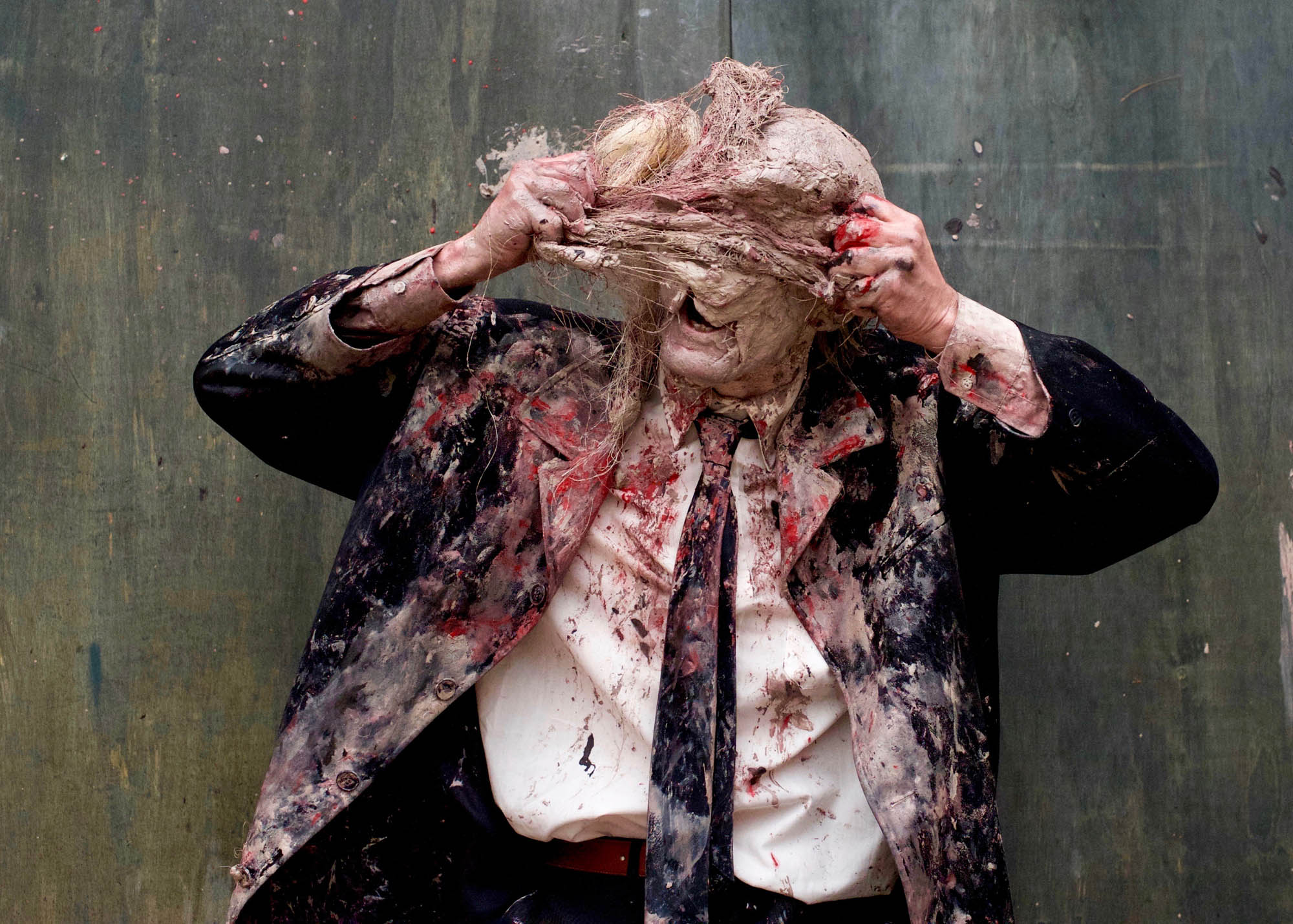
— This may sound trite, but in your opinion, can culture educate a person?
— Certainly, but it is not enough, because fear can be much stronger.
— Do you get the feeling that propaganda has won because there is a war going on in the center of Europe in 2022?
— I think that we all live in a collective hallucination that comes from a mix between our DNA and our culture. We must succeed in reaching a form of lucidity that ensures that we do not become a wolf for others.
«I don’t separate life and art»
— In the interview you mentioned that you are inspired by Francis Bacon’s painting «Screaming Pope», also your images remind me of the Polish artist Zdzisław Beksiński because of impersonality. What place does art about war and post-war art occupy in your life? Do you transfer the experiences of artists who faced the horrors of war directly (like Beksiński) into your work?
— Francis Bacon and Beksinski have inspired me a lot. But my training as a biologist is the crucible of my inspiration.
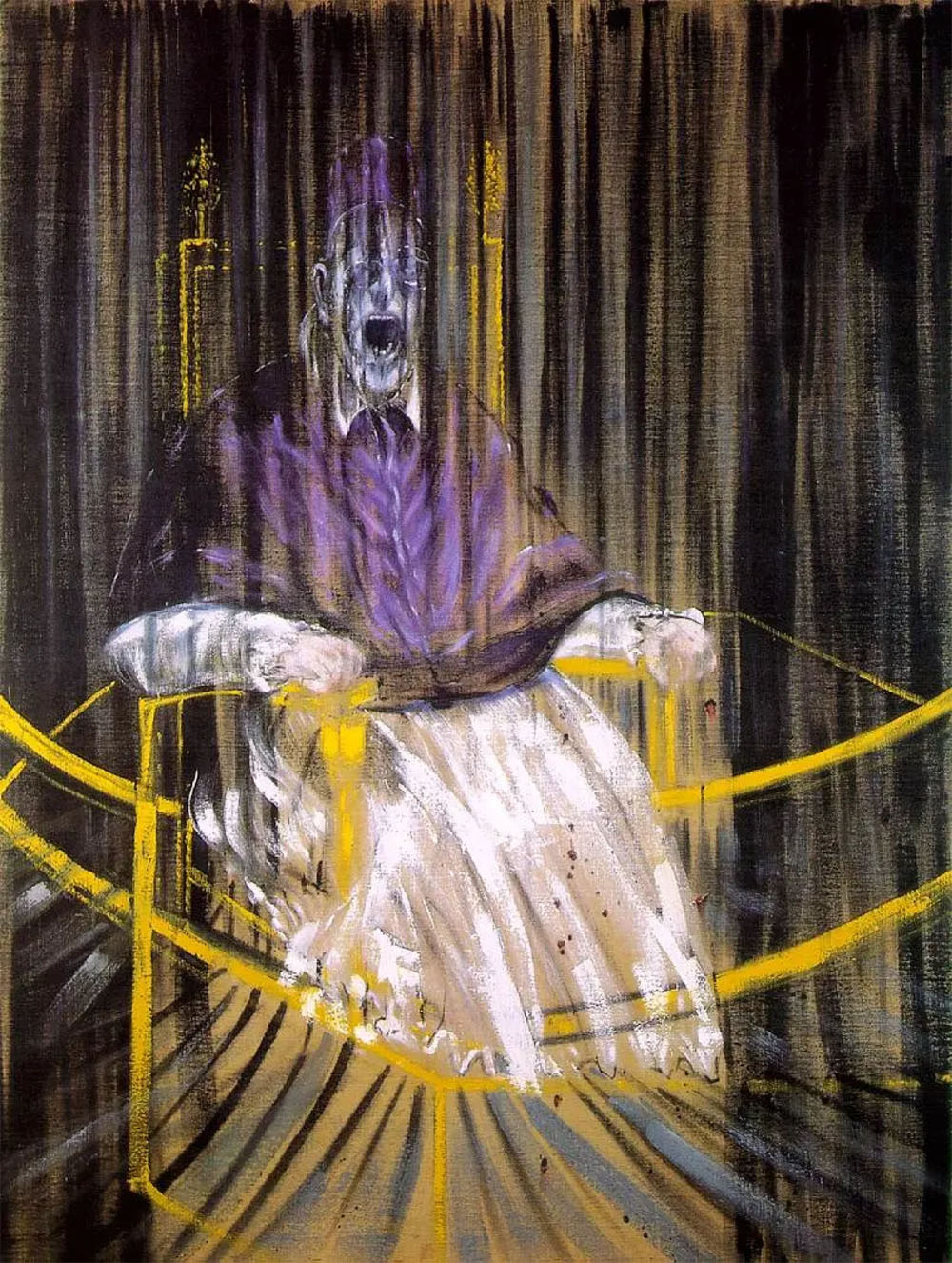


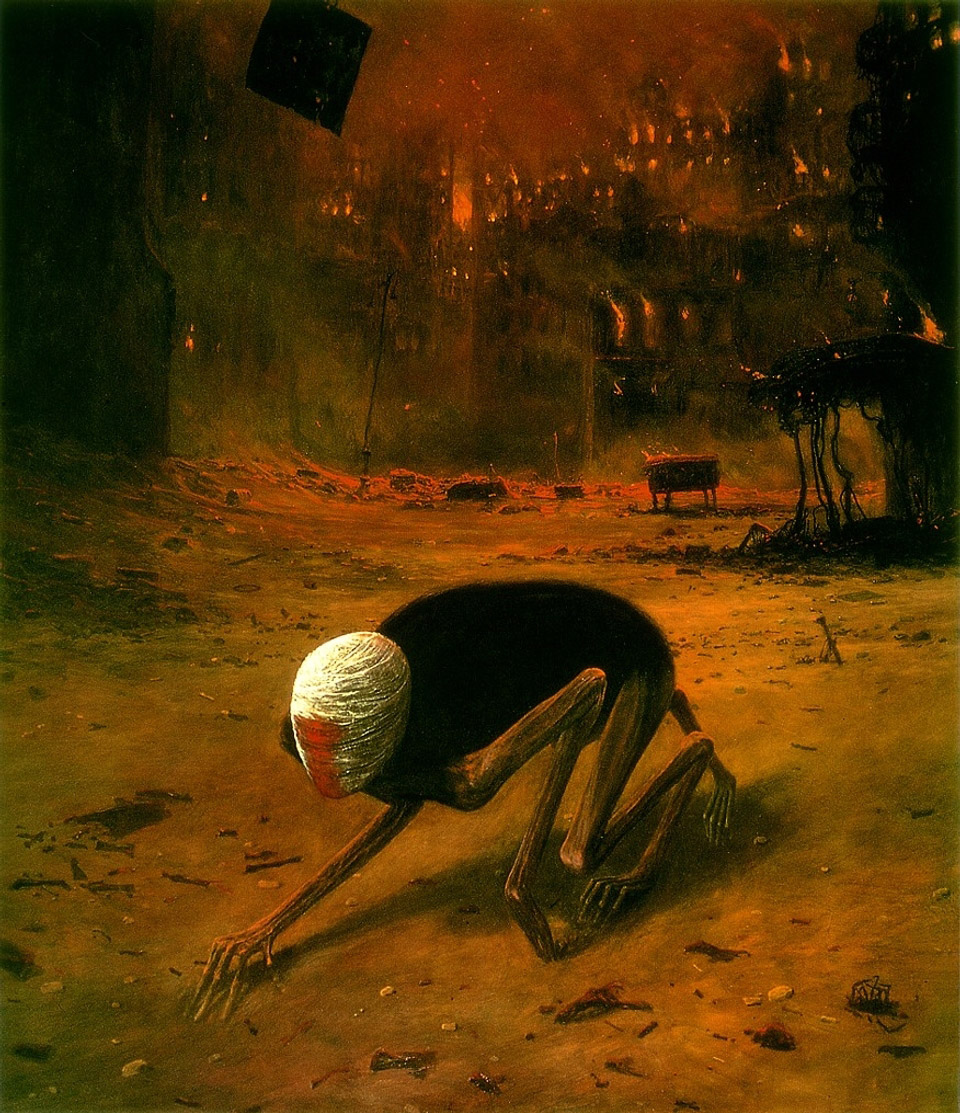
— You are originally from the Congo, but you studied in Cameroon, and you have shamanistic motifs and tribal influences in your work (you talk about this in the interview). Looking at your performances, even through video, there is a sense that you are not playing a role, like an actor, but each time you are performing a real ritual. What kind of ritual is that?
— Yes, I don’t separate life and art. When I go on stage I don’t play a role. I talk about my anguish and my fascination for life.
The artistic moment is just like a time of extreme concentration that can actually take you into states of trance.
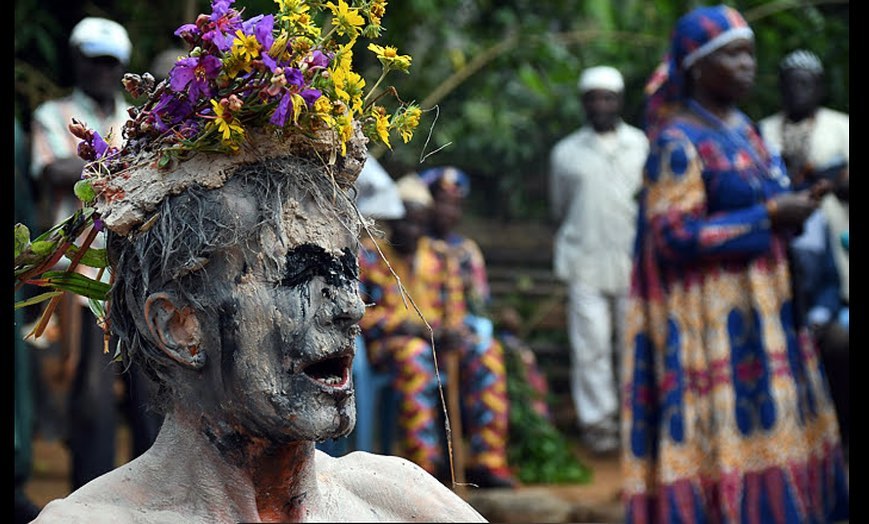
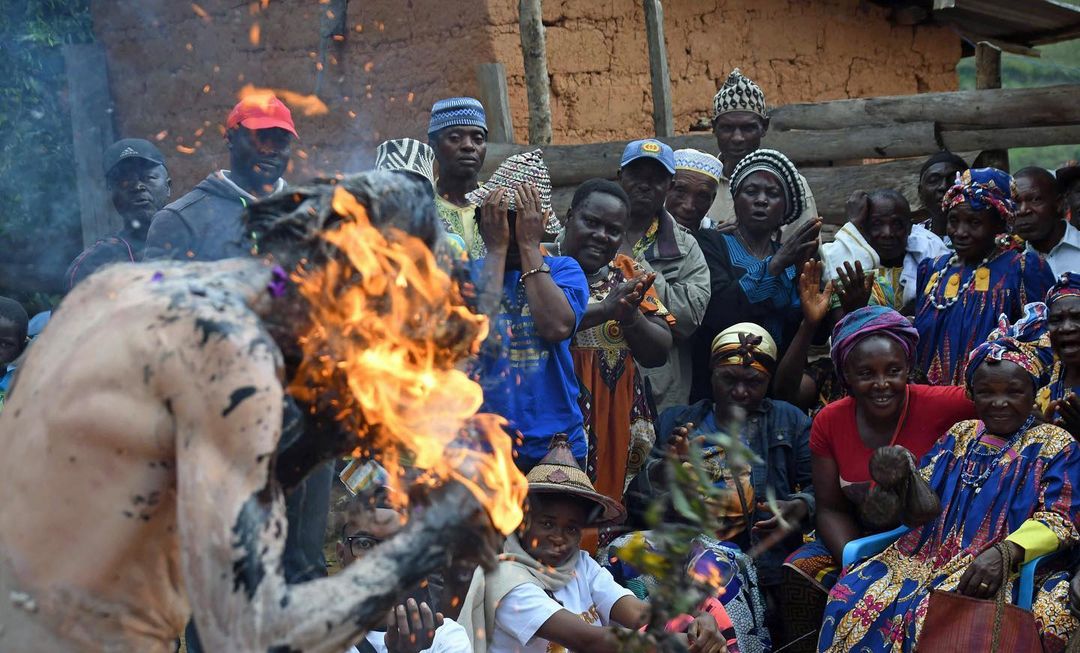

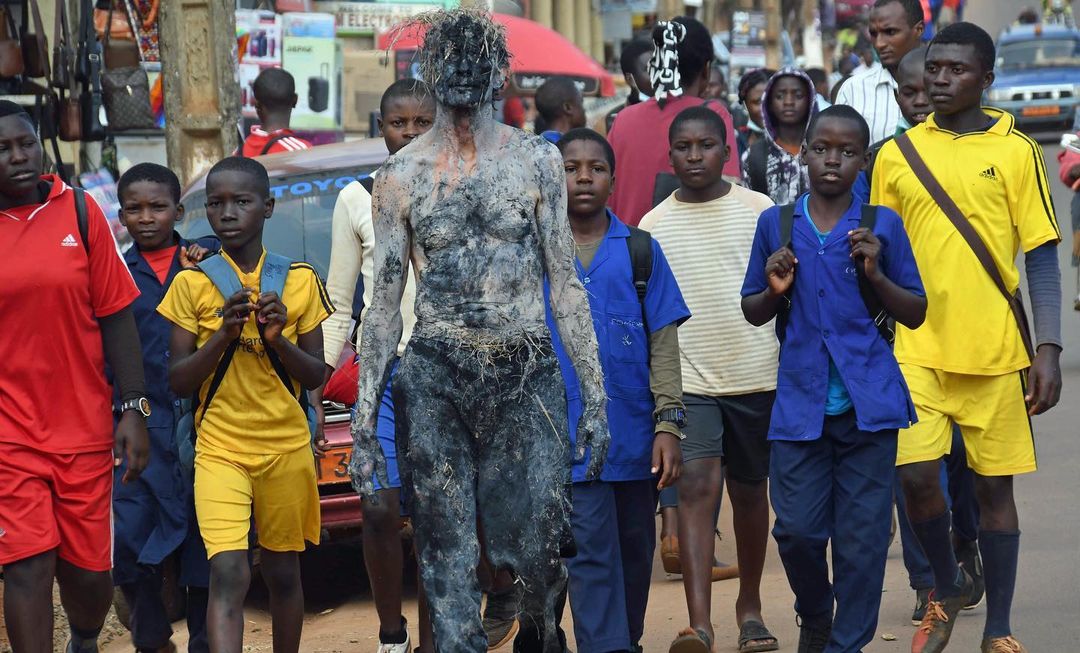
— Who and what shaped you as an artist?
— Life.
— You always use clay. What symbolism have you put into this material? Is it related to ancient Egyptian mythology, the god Khnum and the fact that he made the first man out of clay? Or is it about the convenience and practicality of the material?
— Clay is for me like a possibility of extension of my domain of expression. A material very close to my skin and my flesh. With the added aspect of connection with the cosmos, because you and I are earth and light.
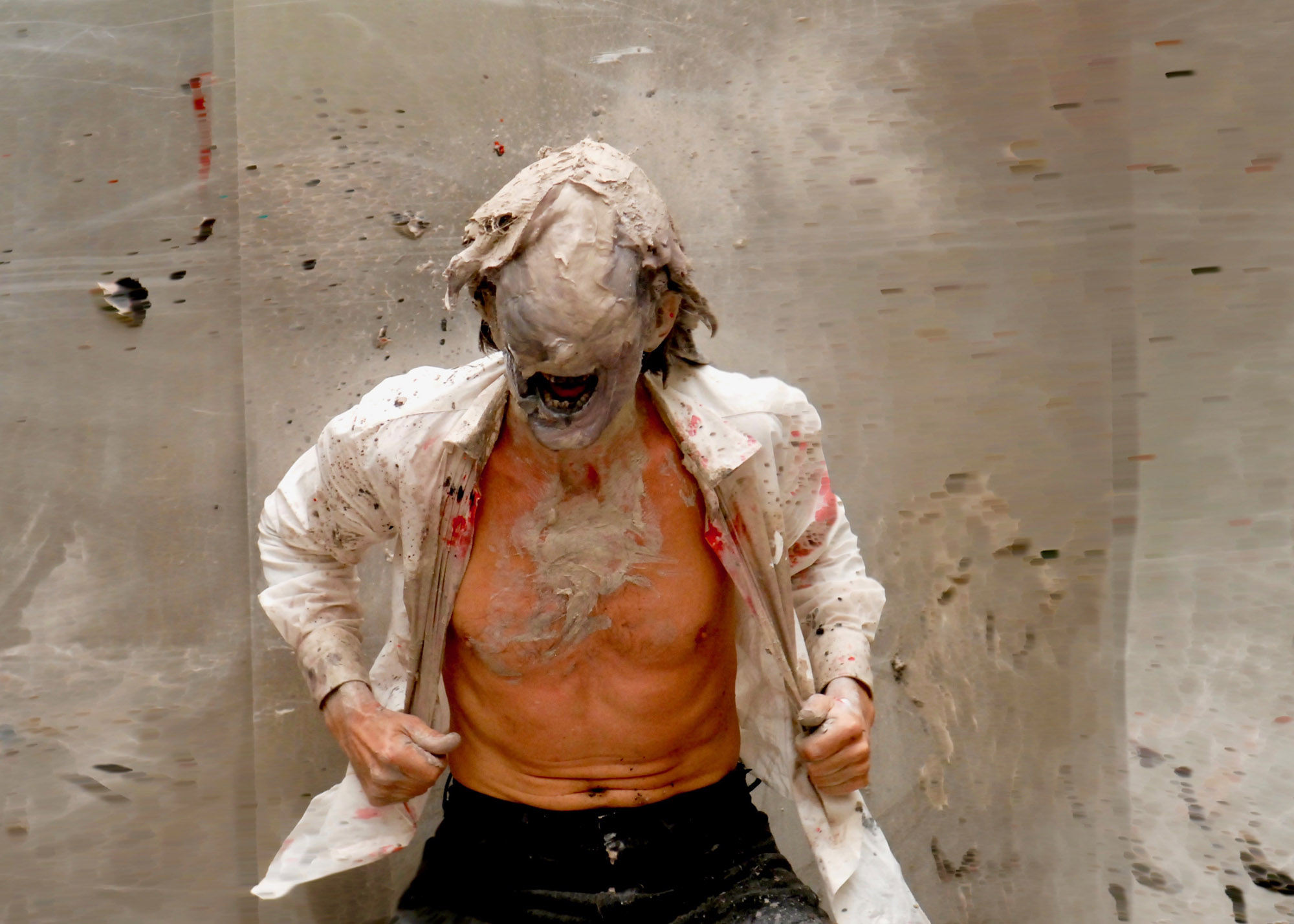
— What is the main goal you set for yourself when you work on a performance: to make people think or to shock them emotionally, to hurt their emotions?
— To be moved to then move others. To feel the strangeness of our being.
— You said that you were very religious until about age 20 and then you weren’t. Was there some event that triggered it or did it happen gradually?
— Yes, my studies in biology and philosophy helped me a great deal to get out of this hallucination.
— On social media, you hardly advertise who you are outside of art. What does your typical day look like when you don’t have any project?
— I always have the same project in mind, trying to understand who I am.

